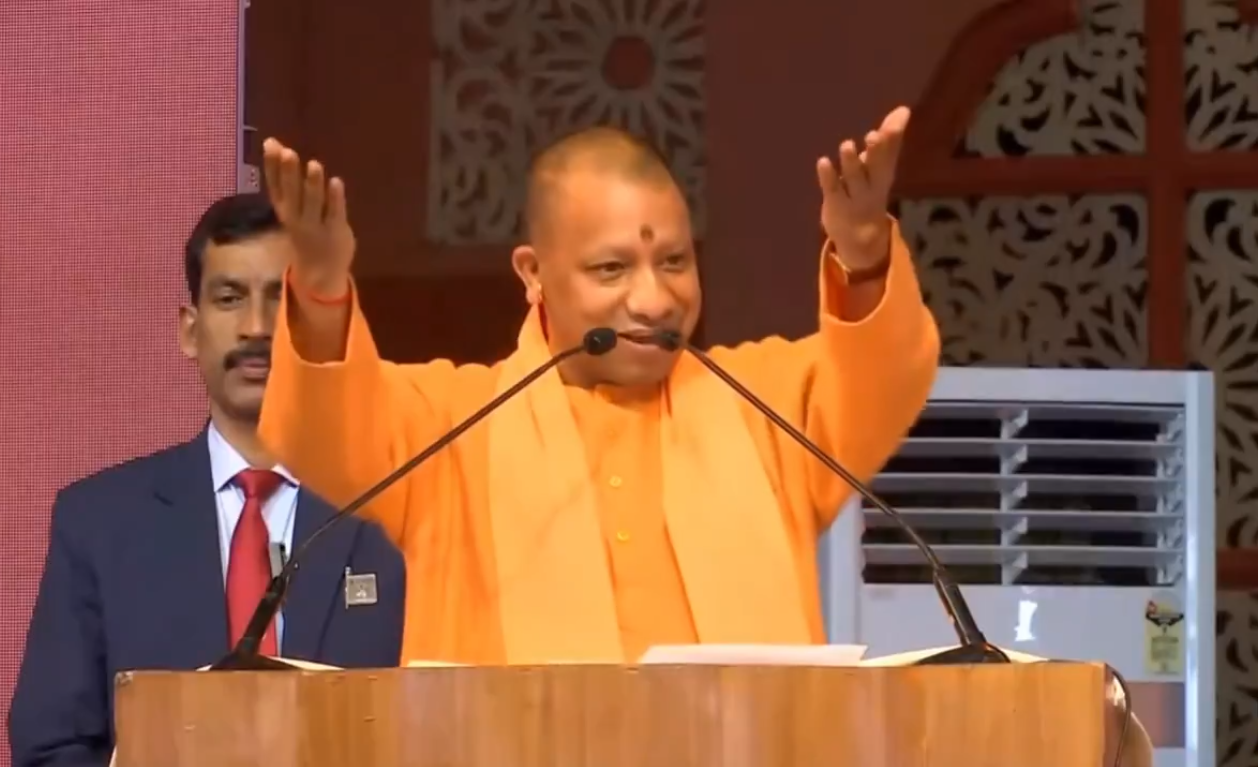Pune, 11 Feb: Uttar Pradesh Chief Minister Yogi Adityanath stated on Sunday that the convergence of bhakti and shakti led to the construction of the big Ram temple in Ayodhya, breaking a 500-year narrative of servitude. Speaking during the Geeta Bhakti Amrit Mahotsav in Alandi, Maharashtra’s Pune region, Adityanath praised Maratha warrior king Chhatrapati Shivaji Maharaj for opposing Mughal emperor Aurangzeb’s authority.
The dedication of Ram Lalla’s idol in the Ayodhya temple took place in a magnificent event on January 22. Adityanath stated that “shakti and bhakti” (devotion and power) are now meeting. ?The convergence of bhakti and shakti resulted in the creation of the great Ram Mandir in Ayodhya, shattering the 500-year story of servitude. We had the opportunity to witness an unprecedented moment,” he remarked.
The UP chief minister stated that the people of Maharashtra are lucky to have received the blessings of saints for hundreds of years. This shakti, emanating from bhakti, is defeating foes. Samarth Ramdas built Chhatrapati Shivaji Maharaj from this area, who defied Mughal Emperor Aurangzeb’s power and left him to suffer and die, with no one caring about him even today, he claimed.
Maharashtra is the country of valour because of its closeness to respected saints, according to the Uttar Pradesh Chief Minister. He stated that Chhatrapati Shivaji Maharaj is a symbol of both devotion and power. Adityanath stated that after becoming CM of Uttar Pradesh, he traveled to Agra. A ‘Mughal museum’ was under construction. ?I said the museum should be named after Chhatrapati Shivaji Maharaj because we are linked to him rather than the Mughals,” he remarked.
Prime Minister Narendra Modi has announced a military corridor in Uttar Pradesh, which would also be dedicated to Chhatrapati Shivaji Maharaj, according to Adityanath. ?I am certain that the country’s armed forces are accomplishing their goal of becoming atmanirbhar (self-sufficient),? he concluded.





